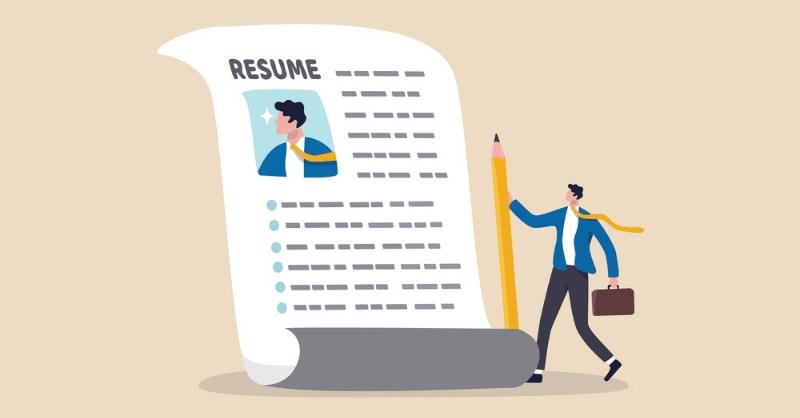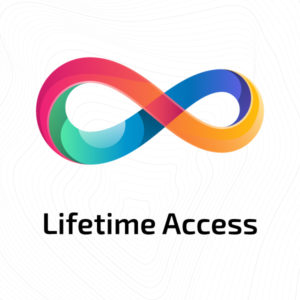
Taking a new employee on board is sure exciting. But at the same time, it can be incredibly challenging and stressful for both an employee and the employer. What’s more, you can invest a ton of time and effort to recruit and hire new talent, but it won’t mean a thing if you fail to onboard them. And if you onboard them wrong, you risk disengaging and eventually losing your talents.
The answer might be eLearning onboarding. Unlike outdated onboarding techniques, eLearning onboarding offers more flexibility, personalization, and, thus, more opportunities to keep your staff engaged. Besides, in the age of the Covid pandemic and the rise of remote working, eLearning onboarding has become the so-needed solution to help your employees adapt and succeed not only in the office setting but also when working remotely.
Interested in learning more? In this article, a top hiring manager from a trusted do my essay for me writing service for students will answer all your questions concerning eLearning onboarding and explain why it is a way to go these days. Let’s dive in!
What Is Onboarding?
In a nutshell, onboarding is the process of integrating new hires into the company. It involves multiple stages, including the welcome, paperwork, training, orientation, and others. And each of these stages is crucial for helping newly-hired talents become more familiar with the company, its operations, and the team and, eventually, fit in the new environment.
According to the expert from EssayService, a professional essay service for college students, onboarding is one of the most critical functions in every company. Whether dealing with an in-house or remote workforce, a well-thought-out onboarding process is what helps companies keep their talents engaged, ensure retention, and, at the same time, manage their turnovers and future performance better. And eLearning seems to be the new big trend in this process.
In a few words, eLearning is a learning experience delivered electronically. It can include pre-recorded educational videos, quizzes, simulations, work in virtual labs, games, and tons of other interactive activities. It has gained momentum in the education sector with the start of the Covid pandemic. But since then, it has also been expanding into other fields, including corporate training and development. In the beginning, it was only used for training the existing staff and teaching them new skills or improving the ones they already have. Further, hiring managers started to use it to onboard new employees.
Keep on reading to find out more about it!
7 Perks of eLearning Onboarding of Talents
Now that you have a definition, you are probably wondering how digital onboarding can do better for your new employees than traditional “classroom” onboarding. To help you figure this out, let’s look at the biggest perks of eLearning onboarding for different types of teams.
For In-House Workforce
There are many benefits of eLearning onboarding for in-house teams. Namely, it can help you ensure:
1. Faster Learning
When it comes to onboarding new hires in the office environment, it feels very logical to do this the traditional “classroom” way. Of course, this way, you will have more opportunities to show your new staff around. However, it will take a considerable amount of your and your employee’s precious time. According to a study by Brandon Hall Group, eLearning is 40%-60% more time-efficient than traditional learning. That is, opting for eLearning onboarding will eventually help you onboard new talents faster.
2. Fewer Resources Required
When your turnover is pretty intense, providing the same spiel and materials every time can be rather tiring. Besides, the company always needs to take care of the proper space for training and orientation. All this can take a lot of energy and money. But eLearning onboarding helps you save resources without compromising the quality of your new employees’ training.
3. More Flexibility
If you are training and onboarding new talents the traditional way, you or the person in charge of it have to be there for new hires and stay involved in the process nearly 100% of the time until the process of onboarding is completed. With eLearning onboarding, which implies that everything is set up in advance and online, you can be there and be involved even when you are busy or physically elsewhere.
4. More Personalized Learning Experience
We all have different learning styles and needs, and if the learning experience isn’t tailored to those needs, it can be much longer and ineffective. This is a huge problem for traditional onboarding. After all, a person who delivers training for new hires can’t personalize experiences for everyone, especially when taking on board multiple people at once. eLearning onboarding, on the contrary, allows personalization at scale. As a result, all new talents stay engaged, have excellent learning experiences, and are set up for success.
For Remote Workforce
For remote workers, eLearning can offer all the same benefits as for in-house staff and even more. In addition to everything mentioned above, this form of onboarding can help your remote workforce by:
5. Making Employees Comfortable With Working Online
This is especially true for talents who never worked remotely but have to start. If you onboard them digitally, they will get a taste of what it’s like to work online and will get comfortable with it sooner.
6. Helping Stay Up-to-Date With Technology
eLearning corporate training requires using a specific tech stack. By integrating it into your company, you help your existing and new employees stay up-to-date with changing technology.
7. Setting Seamless Communication With the Team
One of the biggest issues with remote working is setting up effective communication. If you onboard your new hires online, you will establish seamless communication at the early stage and, thus, will be able to avoid many related issues in the future.
The Bottom Line
Now you should clearly see all the perks eLearning has in onboarding new employees. And there are even more benefits hidden there. So, if you are still onboarding your new hires the traditional way, it might be the right time to change this and improve the outcomes!
Read More!


Challenging Behaviour in the Classroom [Types & Solution]

The Impact Of Remote Work On Women In The Marketing Industry

Differentiating Web Design and Web Development

Top 10 Social Media Management Tools for Businesses in 2024

Why is Child Development so Important in Early Years
Why Corporate eLearning is Essential for Organisational Training: A Data-Driven Advantage
In today’s fast changing business world, providing your workers with the most up-to-date skills and knowledge is no longer a luxury, but rather a need. Traditional training methods, while useful, can be inflexible and costly. Enter the dynamic world of corporate eLearning, a powerful tool that is transforming the way businesses teach and empower their people. Studies suggest that eLearning increases knowledge retention by 25% to 60% compared to traditional techniques, demonstrating its usefulness.
Here’s why eLearning has become an essential tool for forward-thinking organisations:
Flexibility and Convenience
Gone are the days of scheduling headaches and location constraints. Employees can use eLearning to learn at their own speed, on their own schedule, and from any device with an internet connection. This is a game changer for geographically separated teams (remote work has increased by 73% since 2009) and those with demanding schedules. Learning becomes more accessible, creating a culture of constant self-improvement.
Cost-effectiveness and Scalability
Corporate eLearning offers significant cost reductions over traditional training techniques. Eliminating expenses for travel, venue rents, and instructor fees results in more efficient resource allocation. Furthermore, eLearning content can be readily disseminated to a large number of employees at once, making it very scalable for businesses of all sizes. Content updates are also expedited, lowering expenses even more than revising printed information on a regular basis. According to an Aberdeen Group analysis, companies can save 50% to 70% on instructor-led training by using eLearning instead.
Improved Engagement and Retention
Interactive eLearning modules go beyond passive lectures. They incorporate engaging elements like videos, simulations, gamification, and quizzes to keep students engaged and promote deeper knowledge. Microlearning techniques, which give information in little chunks, help to improve knowledge retention even more. This change from passive learning to active engagement improves information absorption and the implementation of newly gained abilities on the job.
Addressing Geographical Constraints
Effective training is no longer limited by geography. eLearning overcomes physical boundaries, allowing companies to train staff worldwide on a standardized platform. This provides a consistent level of knowledge and abilities throughout the workforce, regardless of location.
Enhancing Skill Development
eLearning provides tailored and concentrated training packages that address specific skill development goals. Whether it’s onboarding new hires with important company information and product knowledge, upskilling existing employees to keep them up to date on industry trends, or providing compliance training, eLearning offers a customisable solution for bridging skill gaps and keeping your workforce competitive.
Measuring and Tracking Progress
Modern eLearning platforms offer valuable data analytics on employee progress, engagement levels, and areas needing improvement. This data provides crucial insights for organisations to tailor their training programs for better effectiveness. Tracking individual and team development enables focused support and ensures that employees get the most out of their learning experiences.
A Data-Driven Investment in Your People
The statistics speak for themselves: eLearning is an effective and measurable solution for employee training. Organisations that embrace eLearning reap numerous benefits. From increased flexibility and cost savings to increased engagement and demonstrable progress, eLearning helps firms build a talented, flexible, and future-proof workforce. In today’s knowledge economy, constant learning is no longer an option; it is required for organisational success. Invest in your workers and unleash the power of eLearning!







 February 17, 2022
February 17, 2022








